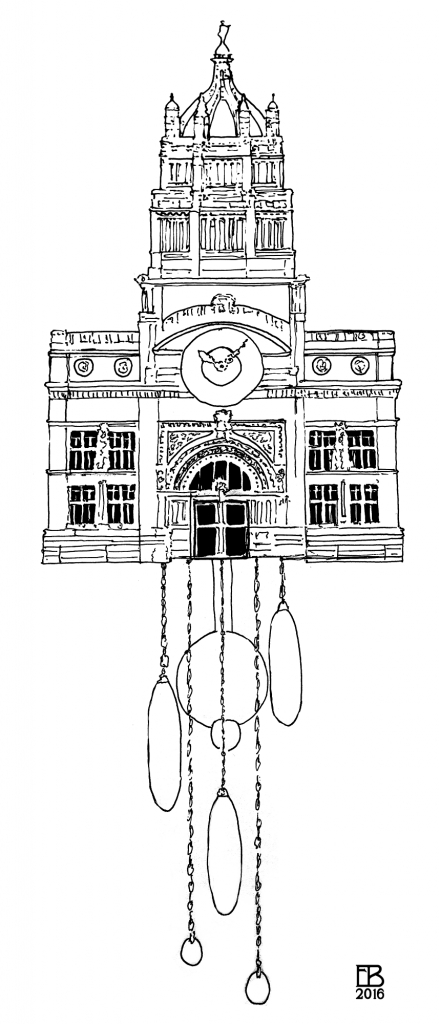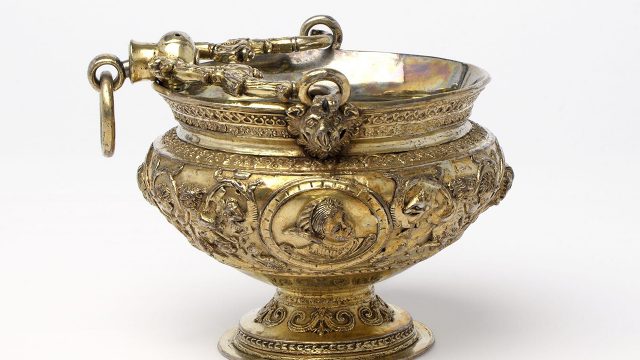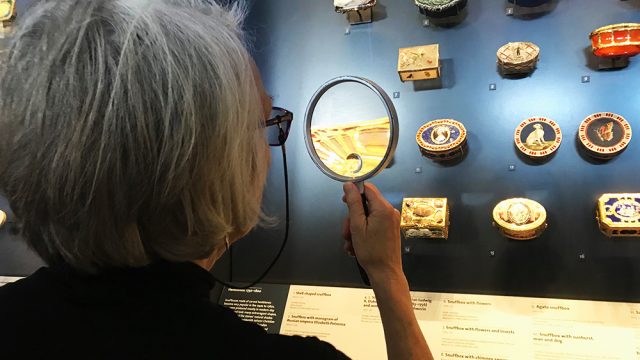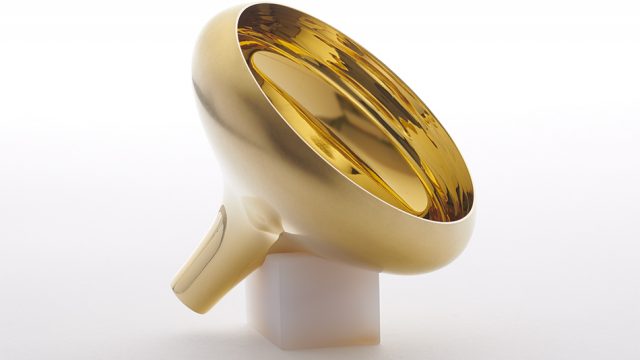by Charlotte Johnson, Assistant Curator
Time seems straightforward. It is a constant part of our everyday lives; when we look at the time on our smartphones’ lock screen, when we glance down at our watches, even when watching intently as the seconds count down to the ping of the microwave.
Clocks and watches have a function. They help us make sense of the passage of time by breaking the day down into seconds, minutes and hours, and then telling us what time it is through a pointing hand, or a ringing bell. Technology allows them to fulfil this function, but they are also often art objects, beautifully designed and made in precious materials.
Science and design are both vital components of these complex objects, which will be the subject of our upcoming study day Sensing Time: The Art & Science of Clocks and Watches. (To book, please call the V&A Bookings Office on 020 7942 2211.)
Stillness or Movement: Sight and Touch
Our first session will look closely at clocks as physical objects. Independent watch-makers Anna-Rose Kirk and James Harris will explain how they create their timepieces. Then museum curators Peter Plaßmeyer, Dresden, and Thomas Eser, Nuremberg, will each introduce world-famous historic time-pieces, including the Henlein watch, known as the earliest watch ever made.
Sound and Rhythm: Hearing
The second session will explore how sound is used in timepieces. Malcolm Archer and Matthew Read from West Dean will discuss their restoration of the astounding Pyke organ clock, before Paul Glennie from the University of Bristol takes us from the restorers’ workshop onto the street when thinking about ‘Bells and the rhythms of urban life.’ Oliver Cooke, British Museum, will conclude the session by bringing us back indoors to consider different types of striking in domestic clocks.
Making sense of the passage of time
Our third session will ask how time, as an idea, is expressed by objects. Heike Zech, V&A, will unlock the secrets of two Augsburg Clocks in the Gilbert Collection. Jane Desborough, Science Museum, will then examine the astrological symbols found on early modern clock and watch dials. Stephen Boyd Davis from the School of Design at the Royal College of Art will conclude the session with ‘Narratives of time: timelines.’
Beyond the senses: Collecting Time
In our fourth session Paulus Rainer, Kunsthistorisches Museum Vienna, will talk us through timepieces and automata in the Imperial Collections in Vienna, and the challenge to present this superb historic collection today.
We hope very much to see you there!
To book, please call the V&A Bookings Office on 020 7942 2211.
Illustration: our conference logo Top of the Clocks depicts the V&A façade as cuckoo clock and was created by Eileen Budd, V&A, 2016. All rights reserved.




These elegant illustrations draw your attention to new aspects of this timeless collection. The V&A Museum cuckoo clock is inspired. I hope the V&A Shop commissions it!